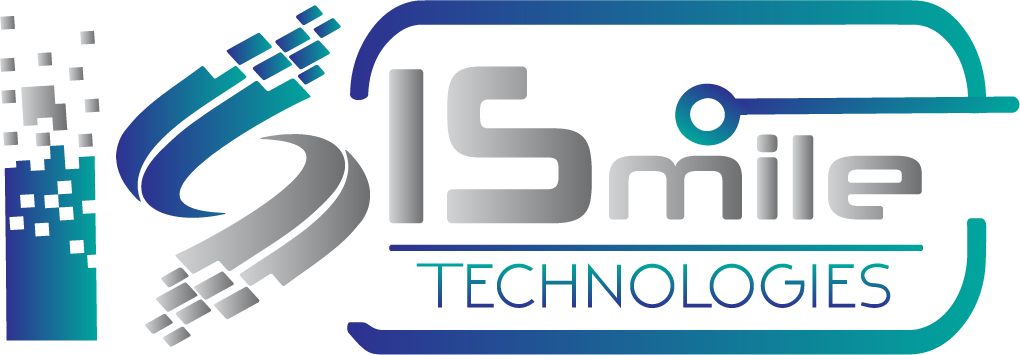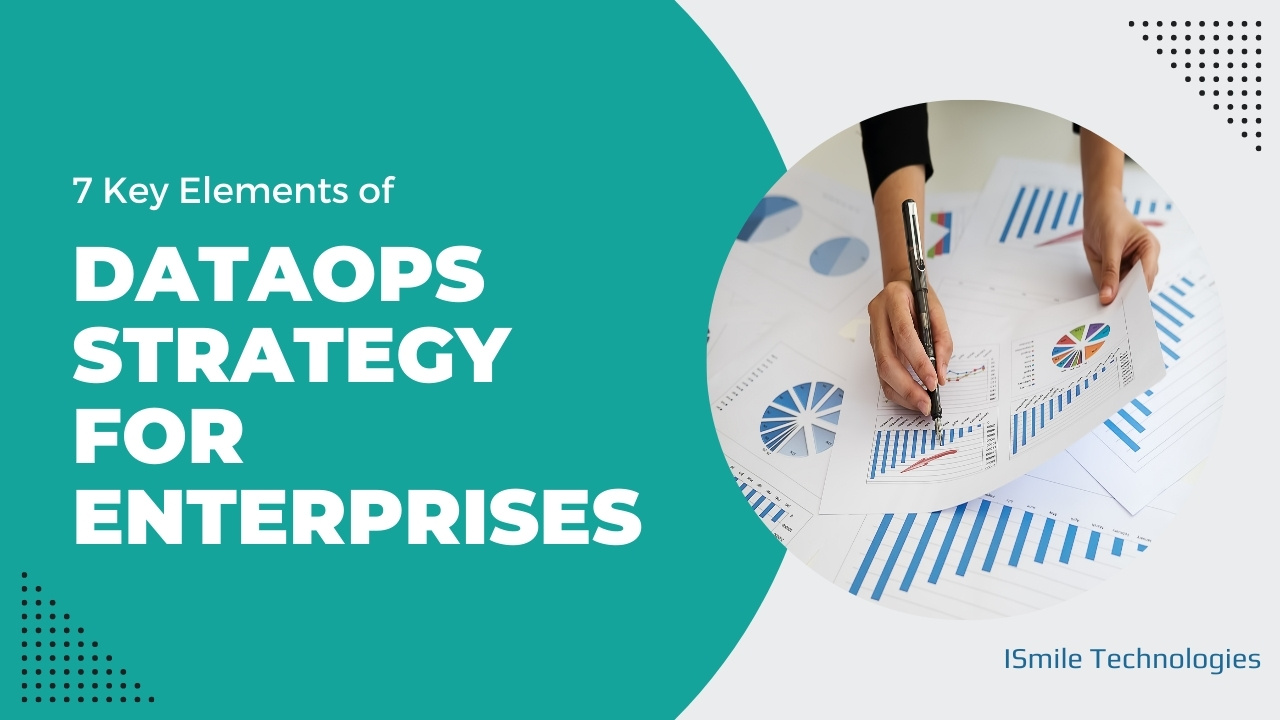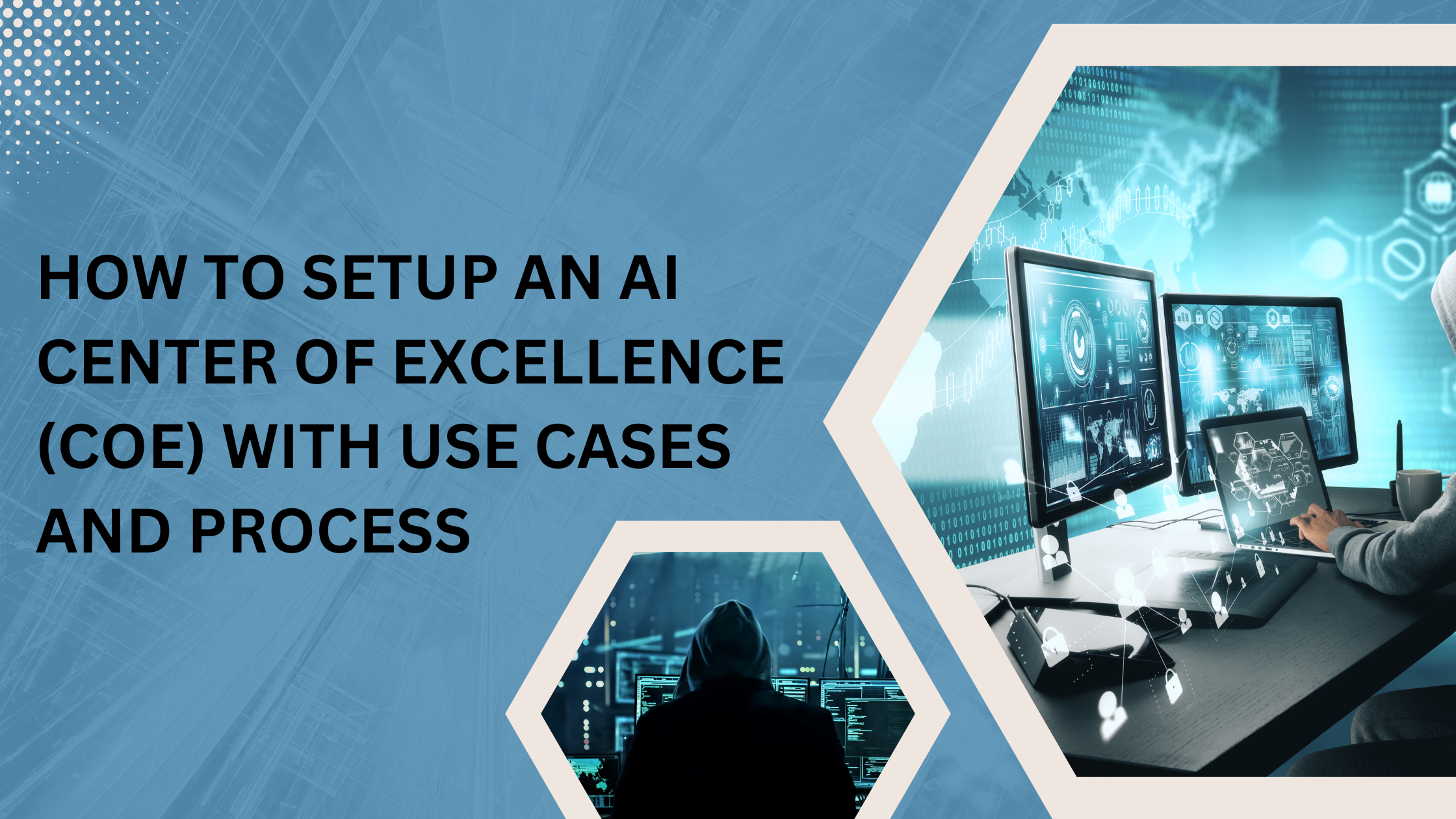Today data is considered a strategic asset, and you need to have the right BI technology & the right processes to realize its full potential. Just by appointing a chief data officer, you will not get it to the fullest; however, it’s a good start and can be considered an essential part of a larger data strategy. A strategic action plan with realistic data team targets and users can result in accurate, data-driven decisions for your organization. Data Strategy helps you to move toward a data-driven culture. It would help if you had a solid data strategy as the foundation of all your data practices. You need to create a long-term strategy to help identify the people, processes, and technology you need to address your data issues and fulfill your business objectives. In this post, you will see seven vital elements of the DataOps strategy.
1. Source control management
Many POC that businesses build start with somebody creating a script or app on their computer. This app or script may be deployed to the server & used by the customers. While it may work for smaller teams having a single engineer or so, it has a lot of risks & it doesn’t scale. Consider some scenarios – the computer fails & the source code is lost, a bug is introduced & you want to deploy the previous stable code. This is precisely what version control aims to solve. Consider some examples of version control – subversion (SVN), Git. What are the advantages of source control management – pull requests, change management? However, there are specific challenges with source control management. While the pros highly outweigh the cons, we must discuss the challenges associated with version control.
2. Infrastructure as code
Our DataOps strategy’s key components must be consistency, reliability, and performance. So, not only should your apps and data be dependable and consistent for consumers, but the pieces that execute your code must also be so. If an outage happens, you should be able to understand what changed within your technology suite, and you should remediate issues promptly. Remember, time is money. Infrastructure as Code (IaC) is an essential piece of the puzzle.
It is the process to have your infrastructure defined inside templates or configurations that are then deployed through scripts or services to your hosting provider. That can be on-premises servers or cloud providers. Quite frequently, IaC is used in conjunction with cloud services.
3. Build/Deploy strategy
After discussing managing your code within repositories, we will move to how code is taken from the source and made into productionized versions/artifacts. This build process consists of – Compilation/Transpilation, Versioning/Publishing artifacts to a repository, Minification/Uglification, Automation and Containerization.
4. Continuous integration/delivery
We build and test components in the continuous integration as changes are introduced into the repository. In this process, the new code is “integrated” with the existing code with the key goals of finding and addressing bugs quickly, boosting software quality, and minimizing the time it takes to validate and release new software updates. On the other hand, continuous delivery is a software development practice where the code changes are prepared automatically for a release to production. In this way, the scope of continuous integration is expanded to include another layer of testing before the functionality is released to production.
Improve the Communication, Integration & Automation of data flow across your Organization
Calculate your DataOps ROI
5. Data quality validation
This part is one of the fiddliest parts of a DataOps strategy, and it needs a lot of input from those who do data governance. Foundationally, there have to be rules & practices recognized that define what data quality means to your enterprise and how your data is transformed from raw to polished. While many data governance and quality factors depend on your organization’s approach to this topic, we have some common factors that every enterprise must consider. These are information architecture, data profiling, and batch vs. streaming in practice.
6. Workflow management
After we have covered how to shape and deploy app code and infrastructure, now let’s move to develop data products. When we move data between systems, there are many different ways that data can flow through a system. There’s usually a need to arrange how that data is loaded and operated to build a final data product. Next, there must be some rhythm to how often we run those instrumentations against our data. These are all important to ensure that your product is consumable and is in front of the consumers.
7. Data modelling
Specifically, regarding data engineering and DataOps, one must find a methodology to format, process, and model your data. The need to manage data differs based on how data is generated, stored, and retrieved. The final goal of data modelling is to exemplify the types of data stored in the system, the relationships between different data types, how data is organized, and its formats and qualities. A good data model must address the deliberations for the exact stage of the lifecycle it is being done for.
Creating a DataOps strategy requires a collection of decisions, concerns, mechanisms, substructure, and recognized designs to be effective. The decisions for each component of a DataOps strategy depend on your discrete business needs, competencies, resources, and funds. Take advantage of ISmile Technologies’ customized evaluation, offered at no cost today. We will provide you in-depth analysis of your DataOps requirements and a monthly managed service cost estimate better suited to your organization’s unique needs. Calculate your DataOps ROI today.








